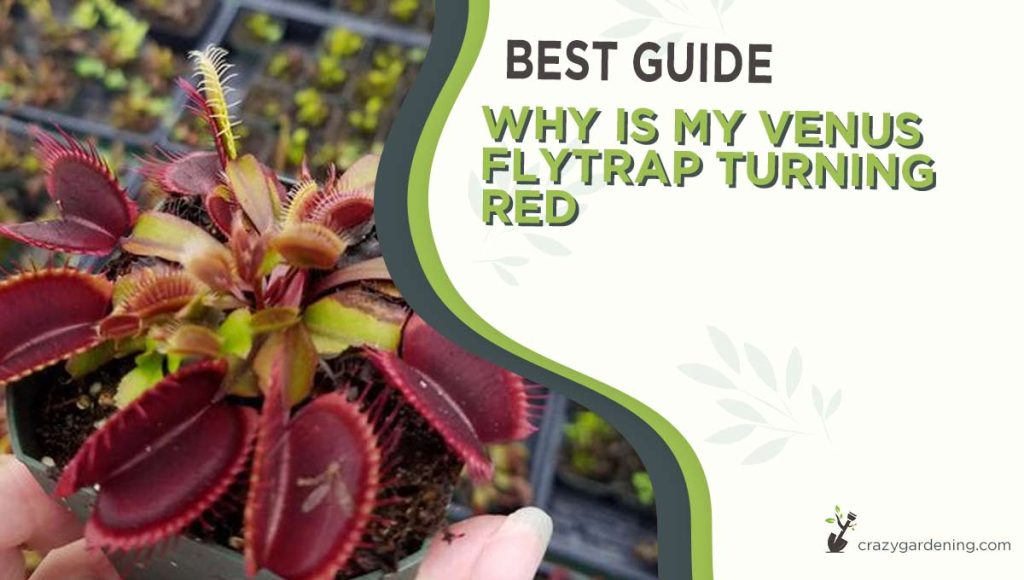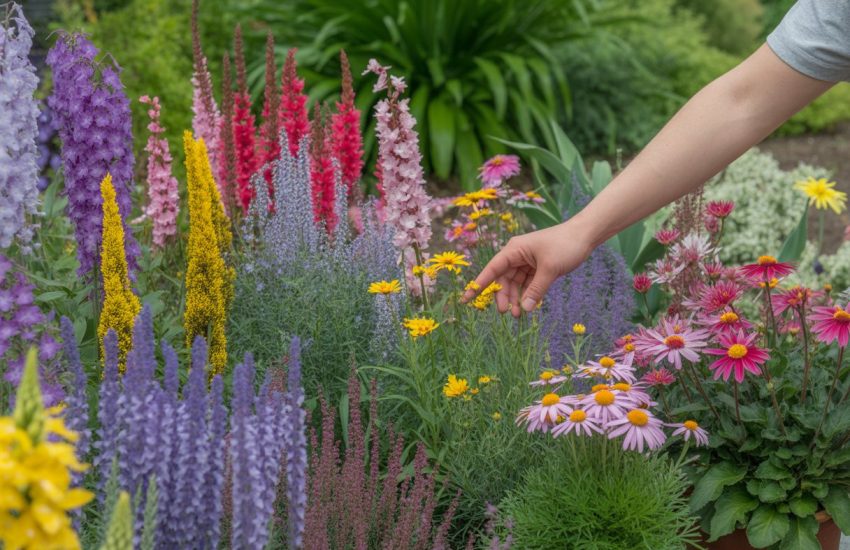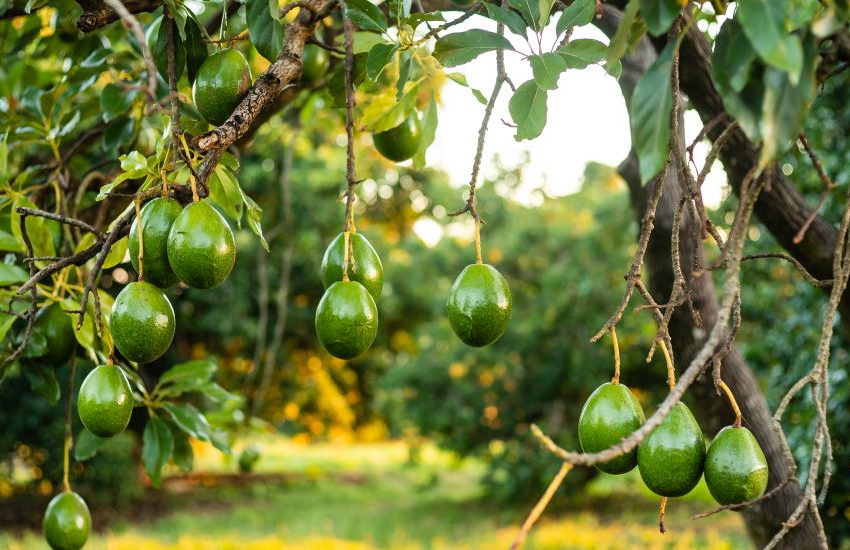Why is My Venus Flytrap Turning Red [Solve the Riddle 2025]
One of the most exciting things about owning a Venus flytrap is watching it catch its prey. But what happens if your plant starts turning red?
Is it sick or dying? Don’t worry, you’re not doing anything wrong – your Venus flytrap is just doing what comes naturally! Keep reading to find out more.

Why is My Venus Flytrap Changing Color?
Venus flytraps’ hues may be indicative of their general condition. Let me tell you about what I’ve discovered about the significance of color changes in Venus flytraps, and why some are good and some are bad.
Venus flytraps in good health have vibrant green leaves and burgundy or scarlet inside. Black leaves are a normal component of the plant’s life cycle and should not be considered a disease.
Yellowing or light browning of leaves is another symptom of poor growing circumstances.
Not all variations in leaf color necessarily indicate that your plant is sick. Learn the significance of color changes in Venus flytraps and how to care for them correctly by reading on!
Be sure to read to the end, where a table summarizing the different color shifts, what they imply, and what you should do, is provided.
Why is My Venus Flytrap Turning Red?
A common concern among flytrap owners is why their plant is turning red.
Usually, this is not a cause for alarm, as it could be just a natural color change. However, if the plant is turning red and losing leaves, it’s time to take action!
In general, Venus flytraps turn red when they live healthily and in good condition. The red condition of the Venus Flytrapshows that your plant is in better condition and fulfills its all nutrient requirements.
Why Red is Good For Venus Flytraps?
One of the most reliable measures of plant vitality is color. The rhizome (or bulb) of a healthy Venus flytrap is white, the leaves are green, and the interior of the traps is a ruddy red.
Even if the red is a darker shade, it will still be lively.
Upon exposure to light, Venus flytraps exhibit a crimson color. The plant can turn more vibrant red and flourish with increased amounts of nutrients.
Too much sun causes the Venus flytrap to discolor and burn. The traps, and sometimes the bulb and even some of the leaves, will become red if the plant is healthy.
Venus flytraps all develop flowering stems, but not all of them turn red.
There are still green variations that get plenty of sunlight. Still, others take on a bright crimson hue, while still more go for a deeper burgundy tone.
This means that the lack of vivid red color in your Venus flytraps is not indicative of their health. Provided it has access to enough levels of light, air, and water, the plant should thrive.
Related Articles
* Why is My Venus Fly Trap Drooping
* Why Is My Cactus Turning Light Green](https://plantnative.org/gardening/why-is-my-cactus-turning-light-green/)[
* Dischidia Ovata Care
* Anthurium Wendlingeri Care
* Anthurium Pedatoradiatum Care
How to Turn my Venus Flytraps Red & Healthy?
Sunlight
Sunlight is the primary driver of photosynthesis, which is how your plant makes its food. If you want your Venus flytrap to turn red and be healthy, it needs plenty of bright, direct sunlight.
The best way to achieve this is to grow your plant outdoors in a sunny spot.
If you live in a climate that’s too cold for Venus flytraps, you can grow them under artificial lights. Make sure to give your plant at least 14 hours of light every day.
Water
Your Venus flytrap needs to be kept moist at all times – never let the soil dry out! The best way to do this is to grow your plant in a terrarium or other humid environment.
If you’re growing your plant outdoors, make sure to mist it regularly.
Soil
Soil affects how Venus flytraps look. Your plant will develop faster and healthier with brilliant greens and reds.
Perlite and peat moss are the ideal soil for Venus flytraps. Sphagnum moss and sand are alternative options. Venus flytraps die in cactus soil.
Soil may make or break a Venus flytrap. This goes beyond color. Venus flytraps prefer nutrient-poor soil.
These plants need special potting soil. Fertilizing the soil harms plants’ immune systems. Venus flytraps lose color from lack of light or disease, thus they’re a good indicator.
Fertilizer
Venus flytraps don’t need much fertilizer, but they will benefit from a weak solution of flytrap food every few weeks. Be careful not to over-fertilize, as this can lead to leaf burn.
Nutrients
A few insects a month help Venus flytraps. Flies, spiders, and other insects contain nitrogen and other components that plants use for growth.
Outdoor Venus flytraps can easily find bugs to eat. Feed indoor plants meal-worms or fish food freeze-dried. Venus flytraps need twice-monthly feedings.
Venus flytraps are picky eaters. Feed it soft-shelled insects like crickets. Large-winged insects will consume or break apart a moth trap.
Nutrients and glucose are like human diet and supplements. Make sure the plant has enough light and nutrition for redder traps.
Too much food turns Venus flytraps black. 1/3 or 2/3 of the trap’s size should be food. This assures the trap can swallow it. This complements glucose.
Venus flytraps only absorb food when closed. Long and intricate, digestion can take two weeks. When digesting large food, the trap turns black. This can kill some traps. The plant will grow a new leaf to replace it.
Environment
Pests, wind, and even rain can strip color from Venus flytraps. Aphids, thrips, and white-flies are common pests. These little creatures feed on your plant’s sap, robbing it of vital nutrients.
To protect your plant from pests, keep it in a terrarium or other enclosed space. If you’re growing your plant outdoors, make sure to check it regularly for pests.
Wind and rain can also damage your plant. Venus flytraps are native to the southeastern United States, where the climate is relatively mild.
If you live in a climate with harsh winters or hot summers, it’s best to grow your plant in a pot so you can bring it indoors when the weather gets extreme.
Conclusion
Turning red of your Venus flytrap is not bad for it while it’s great for it. Your Venus flytrap needs bright sunlight, plenty of water, and the right kind of soil to turn red and be healthy.
Be careful not to over-fertilize, and make sure your plant has enough insects to eat.
If you live in a climate with extreme weather, it’s best to grow your plant in a pot so you can bring it indoors when necessary. With the right care, your Venus flytrap will be red and healthy in no time!
FAQs
Question
Why is my Venus flytrap so red?
Answer
When a Venus flytrap is dying, it will go through a process of dormancy in which the leaves turn brown and die back. This is normal, and the plant will usually regrow in the spring. If your plant does not regrow, or if the leaves turn black and mushy, this is a sign that your plant has died and should be replaced.
Question
” How do I know if my Venus flytrap is dying?”
Answer
Venus flytraps can only develop their characteristic bright coloration in their traps when exposed to high levels of light. Under dim lighting, they revert to a pale green, with perhaps some red highlights on the lobes.
Question
What does it mean when a Venus flytrap is red?
Answer
A Venus flytrap turning red signifies that it is getting enough sunlight and is healthy. It also serves as a warning color to attract prey.
Question
Should Venus flytraps be red?
Answer
Venus flytraps don’t necessarily have to be red to be healthy, but a red color can indicate that they are getting sufficient sunlight and are thriving.


